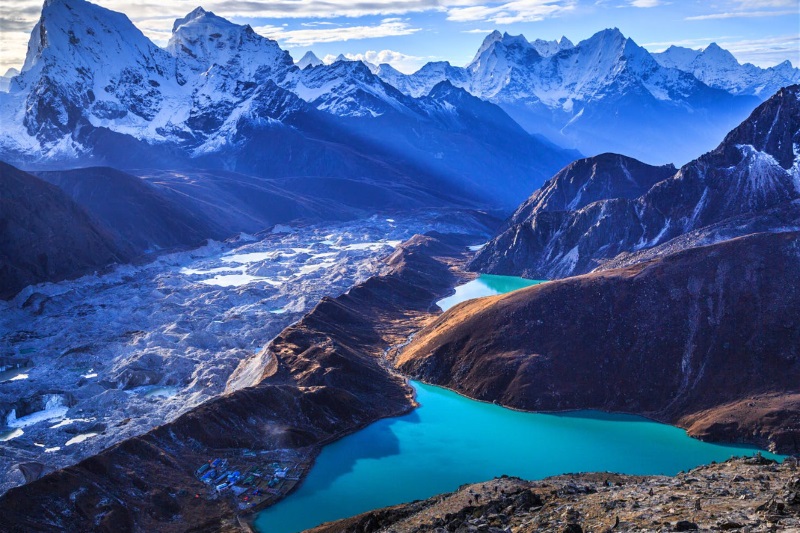- Sponsored -
Impending earthquake of magnitude 8.5 or more likely in Himalayas: report

According to an ongoing study by Indian researchers, growing warnings of an impending high-magnitude earthquake in the Himalayas have got further credence from yet another study by by scientists.
- Sponsored -
Seismologist CP Rajendran, of the Jawaharlal Nehru Centre for Advanced Scientific Research in Bengaluru, led the new study and said that the ‘enormous stacking up of strain in the region portends at least one earthquake of magnitude 8.5 or more in one of the overlapping segments of the central Himalayas anytime in the future’.
According to the study, which was published in ‘Geological Journal’, the researchers stated the facts after critically evaluating existing databases along with the data from two newly explored locales — Mohana Khola in far western Nepal and Chorgalia, which falls within the Indian border, to determine the timing of the last faulting event on the frontal thrust of the central Himalayas.
Besides using Google Earth and imagery from Indian space agency ISRO’s Cartosat-1 satellite, the researchers followed the local geology and structural map published by the Geological Survey of India.
The researchers say, ‘The analysis compels us to conclude that a great earthquake of magnitude 8.5 or more that occurred between 1315 and 1440 had unzipped a stretch of about 600 km (the length of central seismic gap from Bhatpur to beyond Mohana Khola) in the central Himalayas with an average slip (or displacement) of 15 metres.”
Meanwhile, the present study, underlines the fact that after this massive earthquake the frontal thrust in the central Himalayas (covering parts of India and eastern Nepal) has remained seismically quiet for 600 to 700 years, implying enormous build-up of strain in the region.
Mr Rajendra, who is related to the research, told a journalist of NDTV, “An earthquake of magnitude 8.5 or more is overdue in this part of the Himalayas, given the long-elapsed time. Considering this potentially high seismic risk, this will be particularly catastrophic for a region marked by an ever-growing population and unhindered expansion of the built-up environment, to be contrasted with poor preparedness to meet this contingency.”
US geophysicist at the University of Colorado, Roger Bilham, whose years of work laid the basis for the current knowledge about earthquakes in the Himalayan region, fully supports the Indian researchers’ findings.
Bilham said, “They are undeniably correct in concluding that should an earthquake occur now, its magnitude could equal 8.5.”
Also read: Chinese scientist made world’s first genetically modified twins
- Sponsored -
